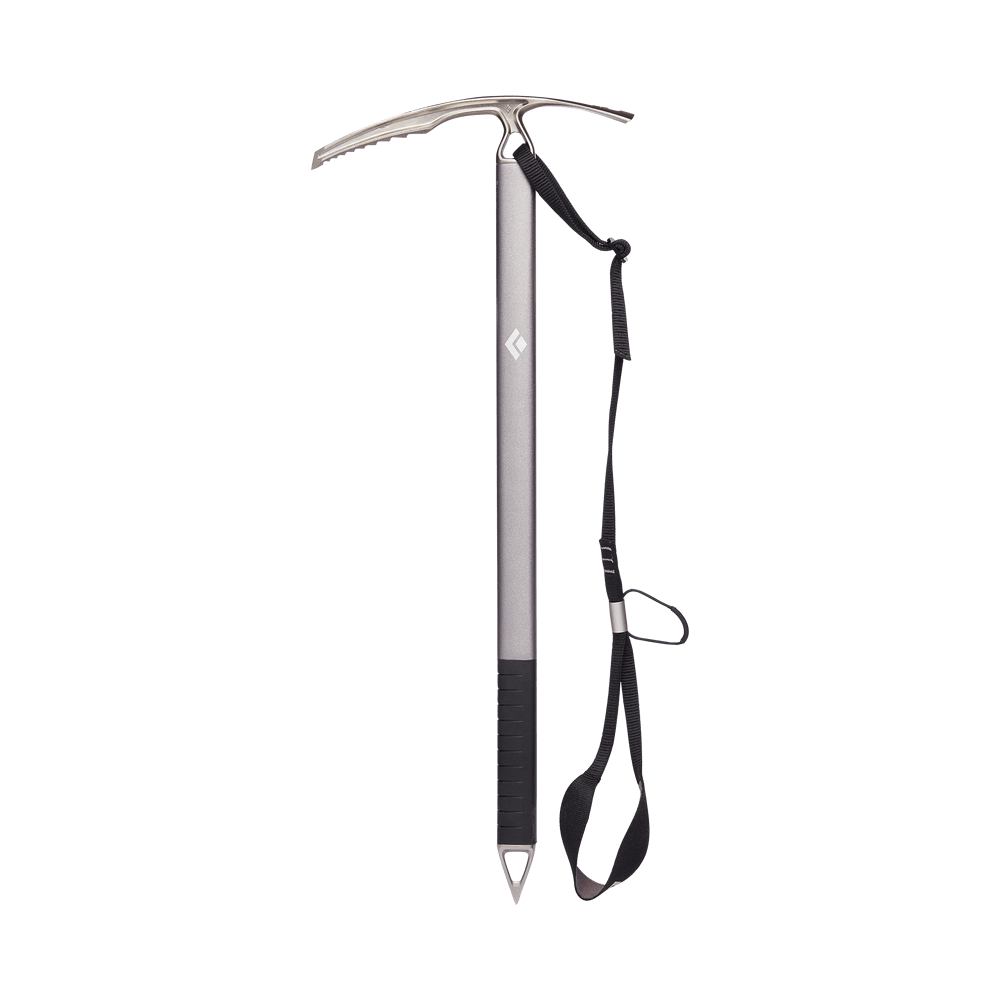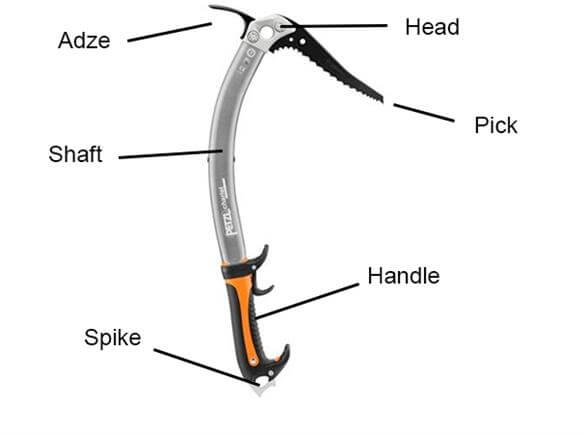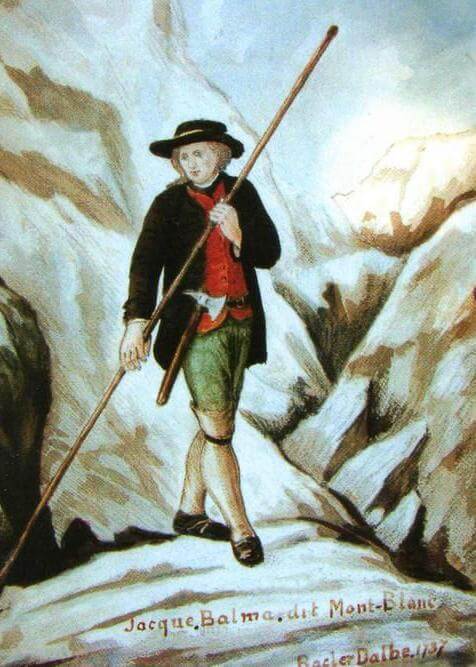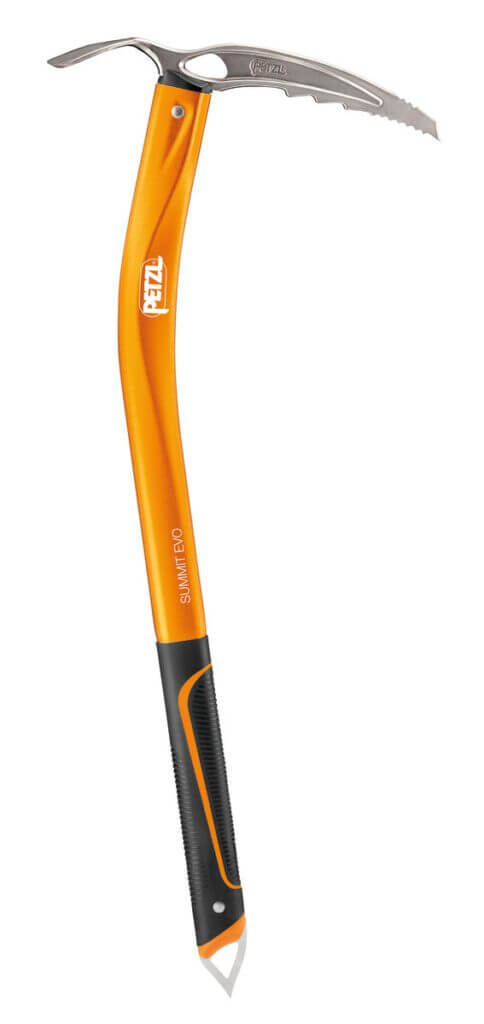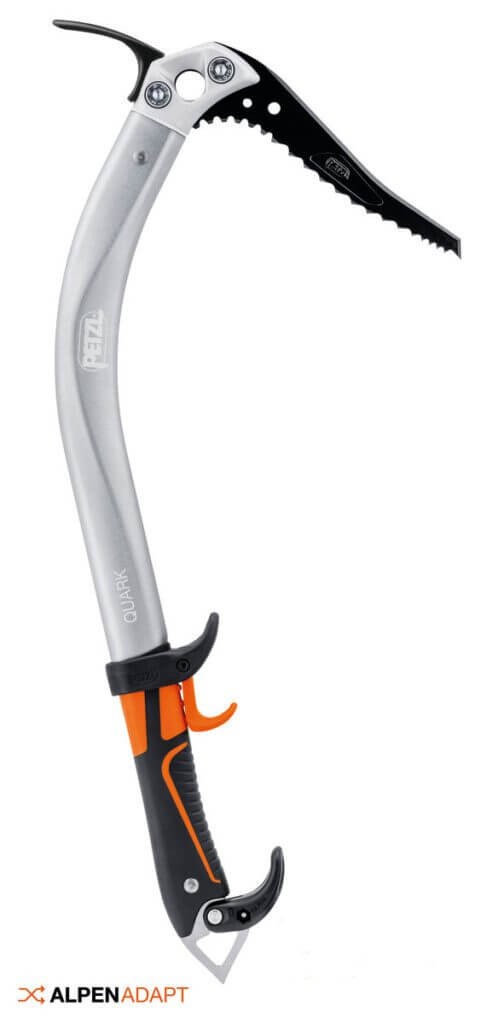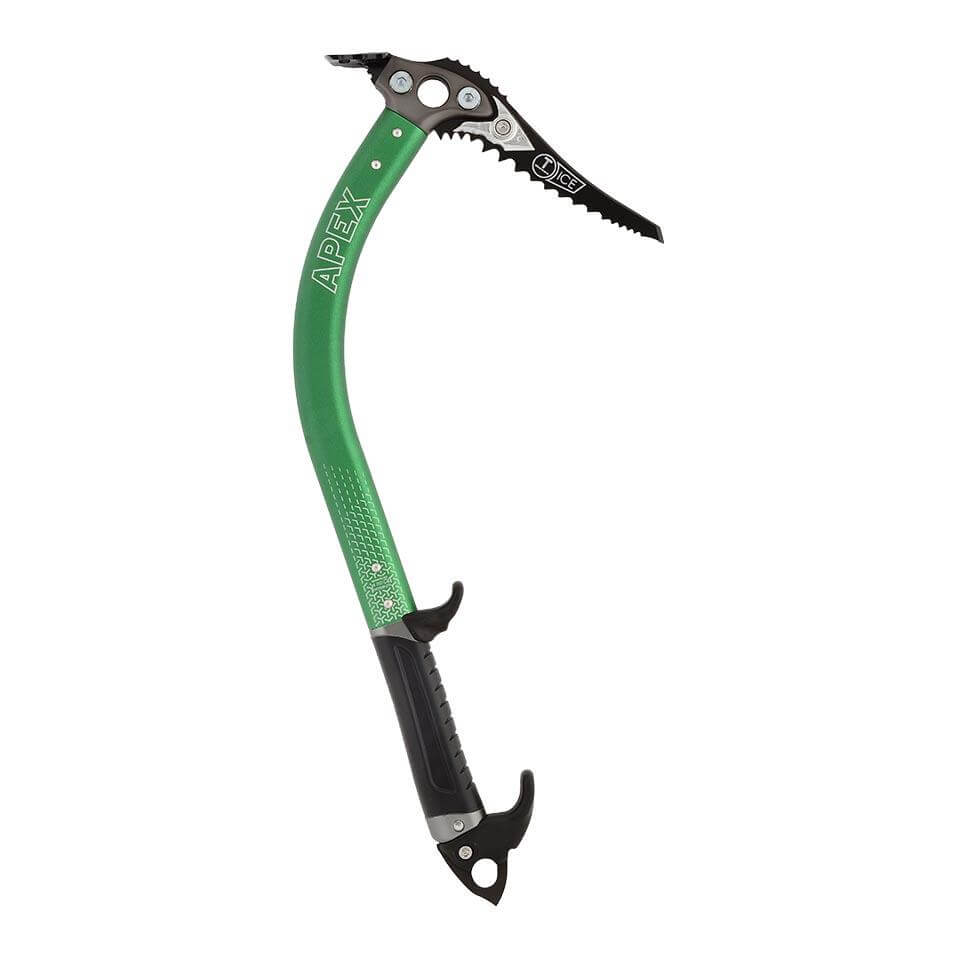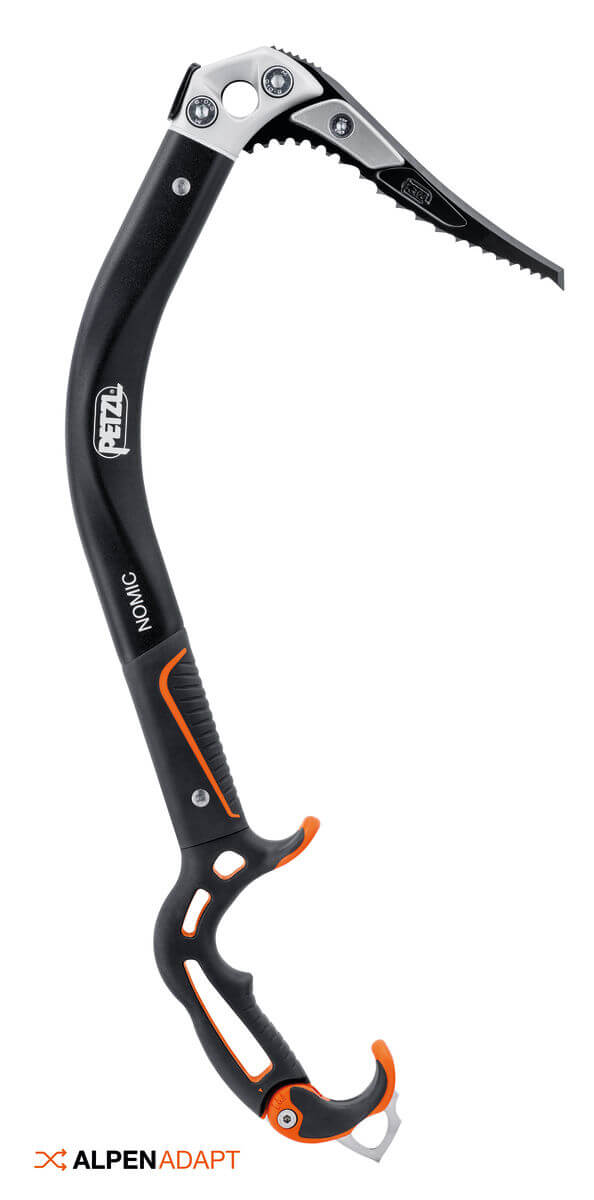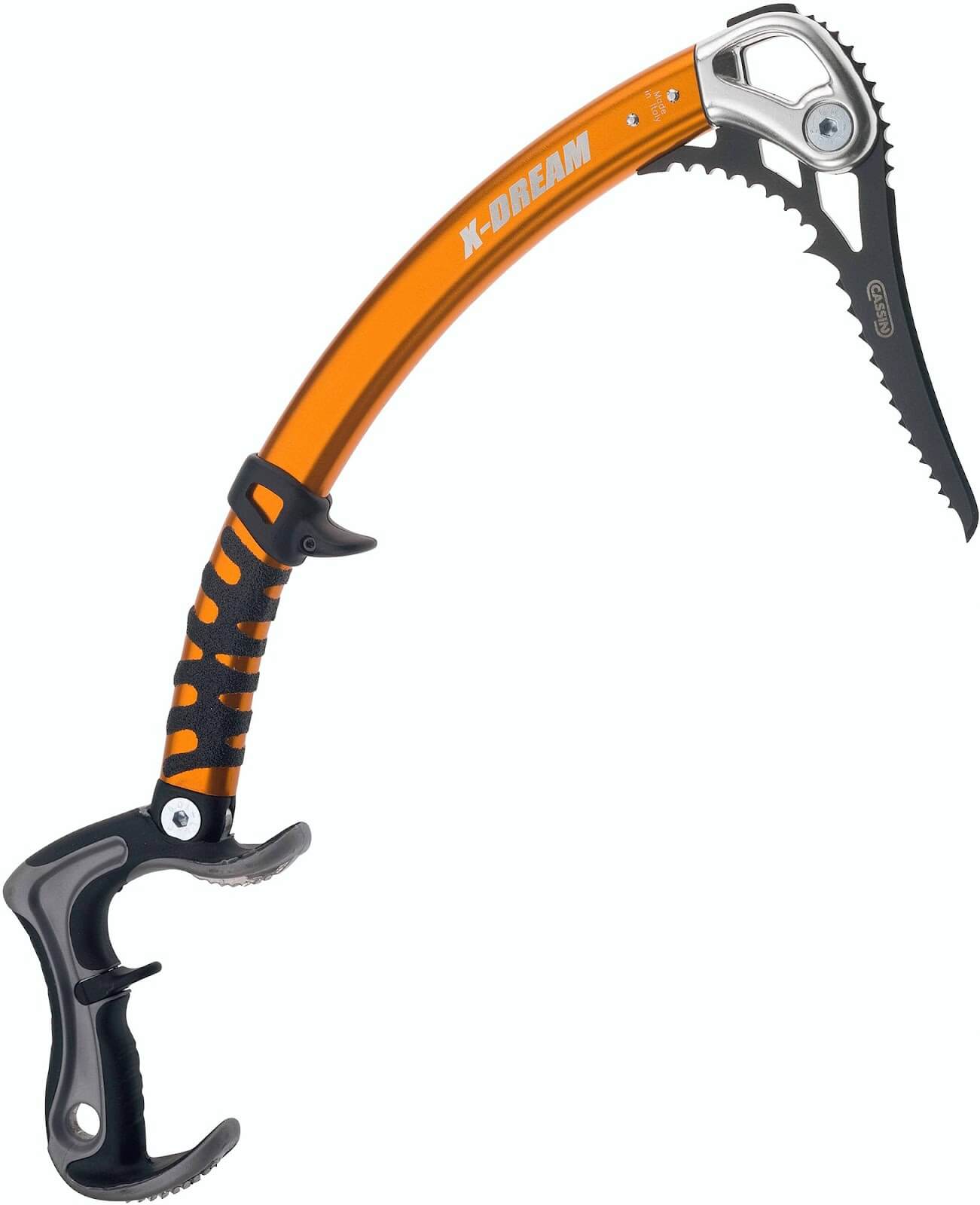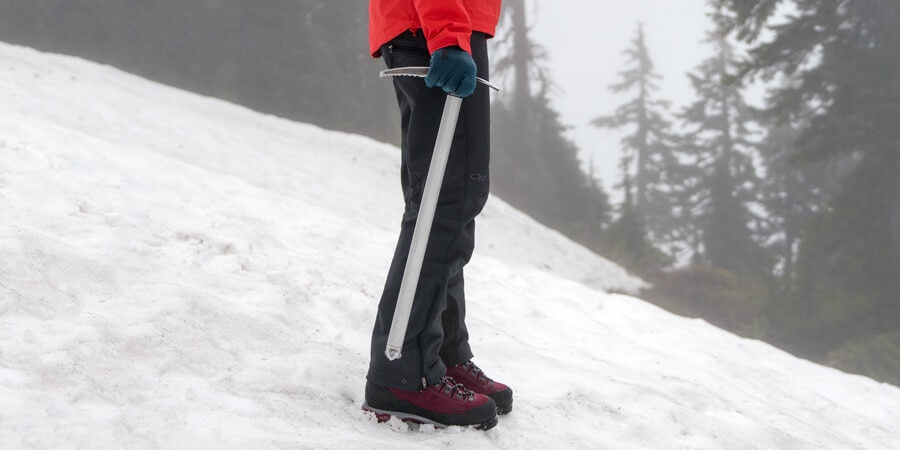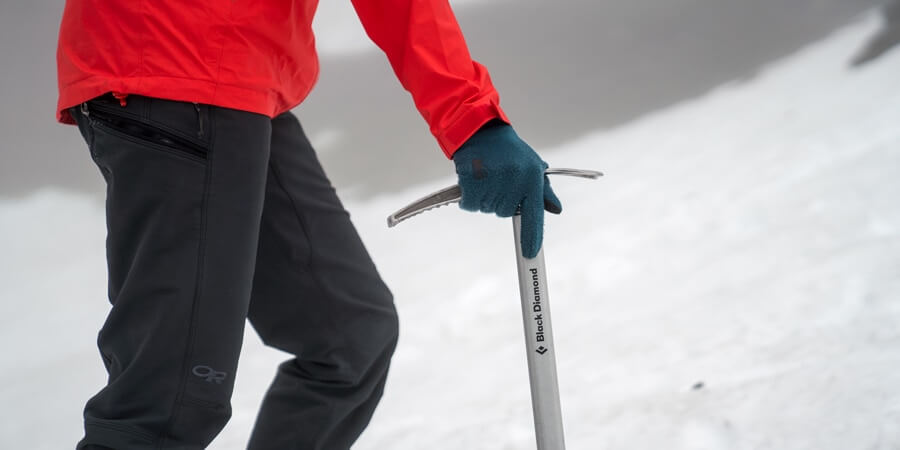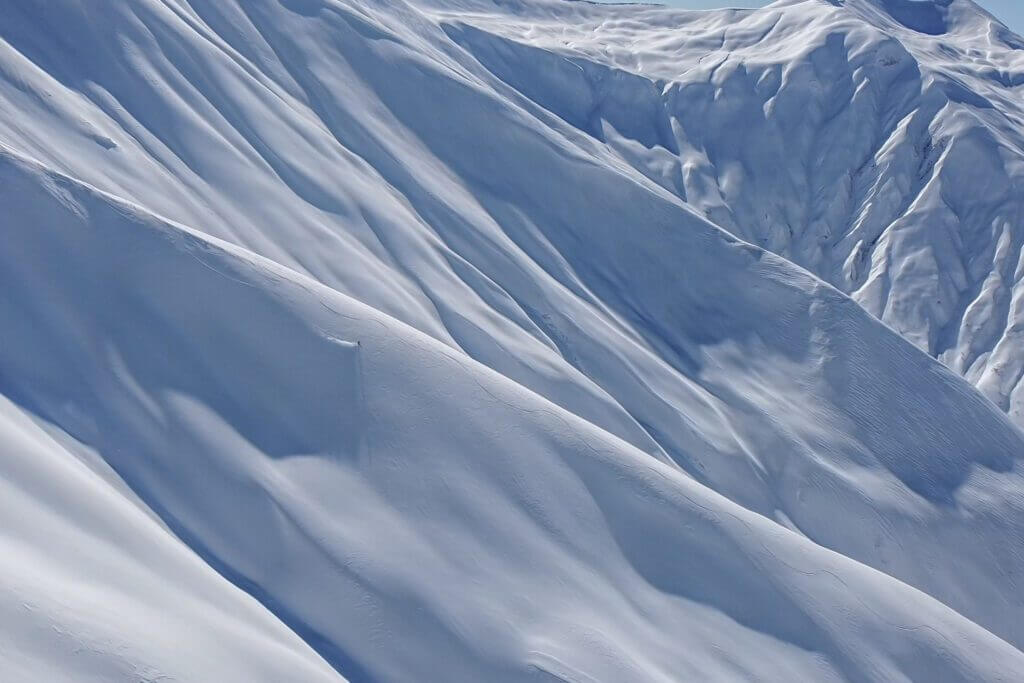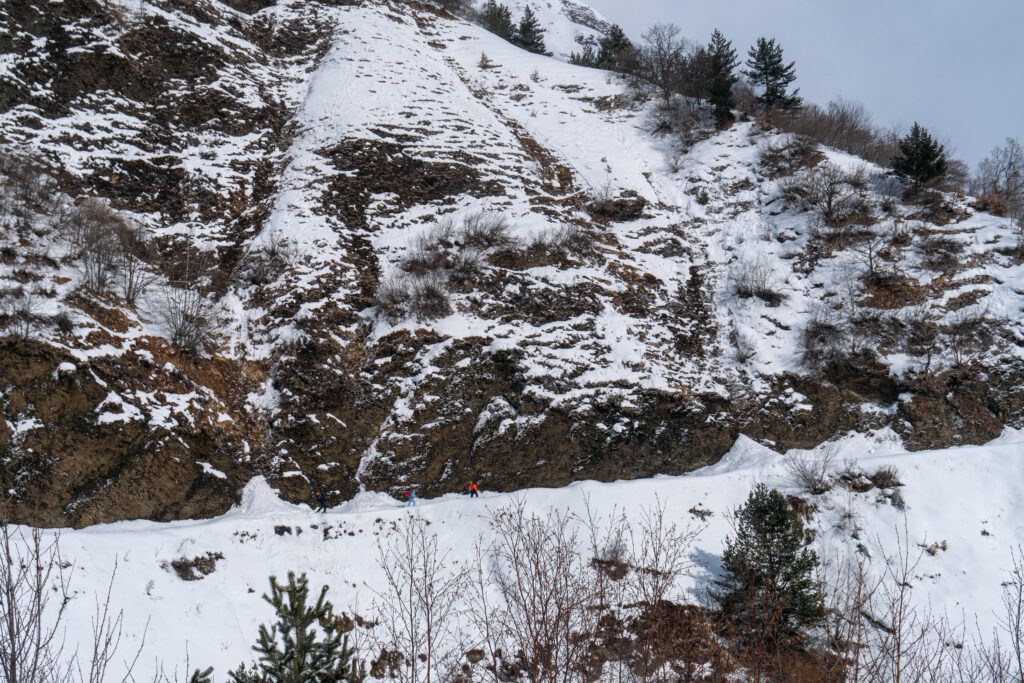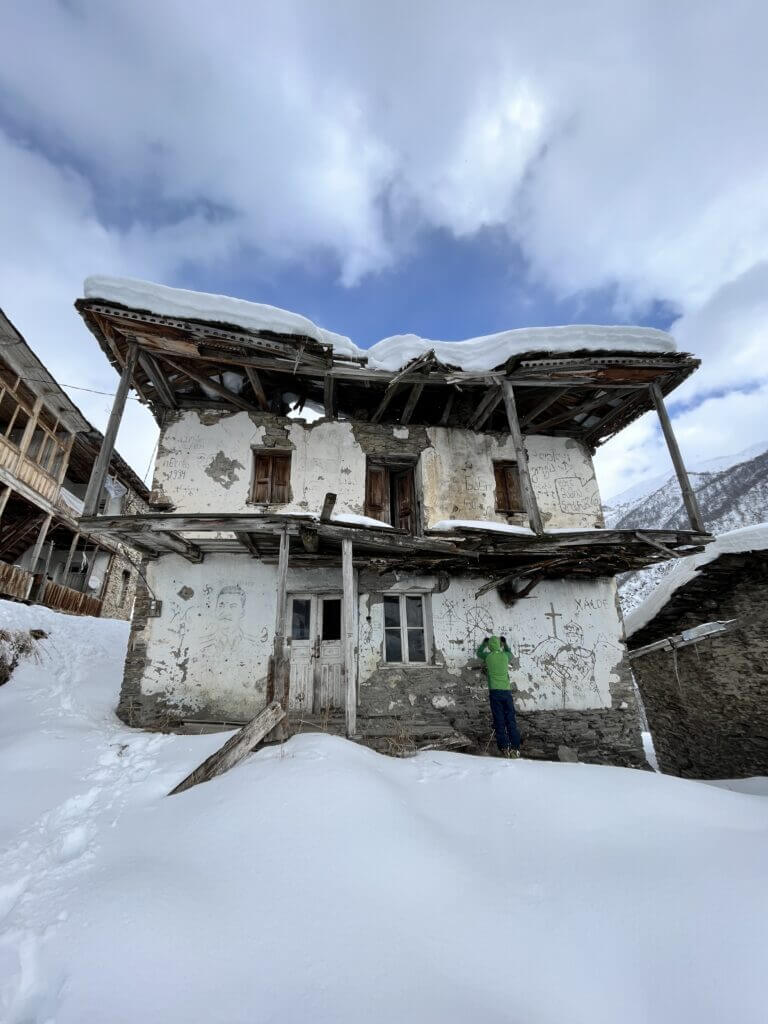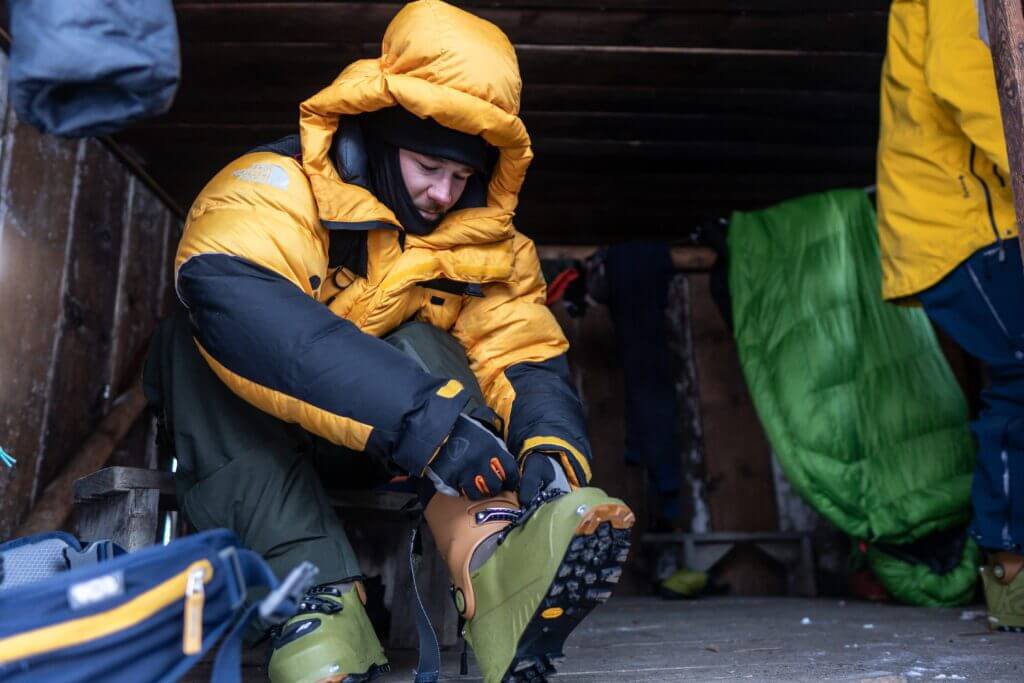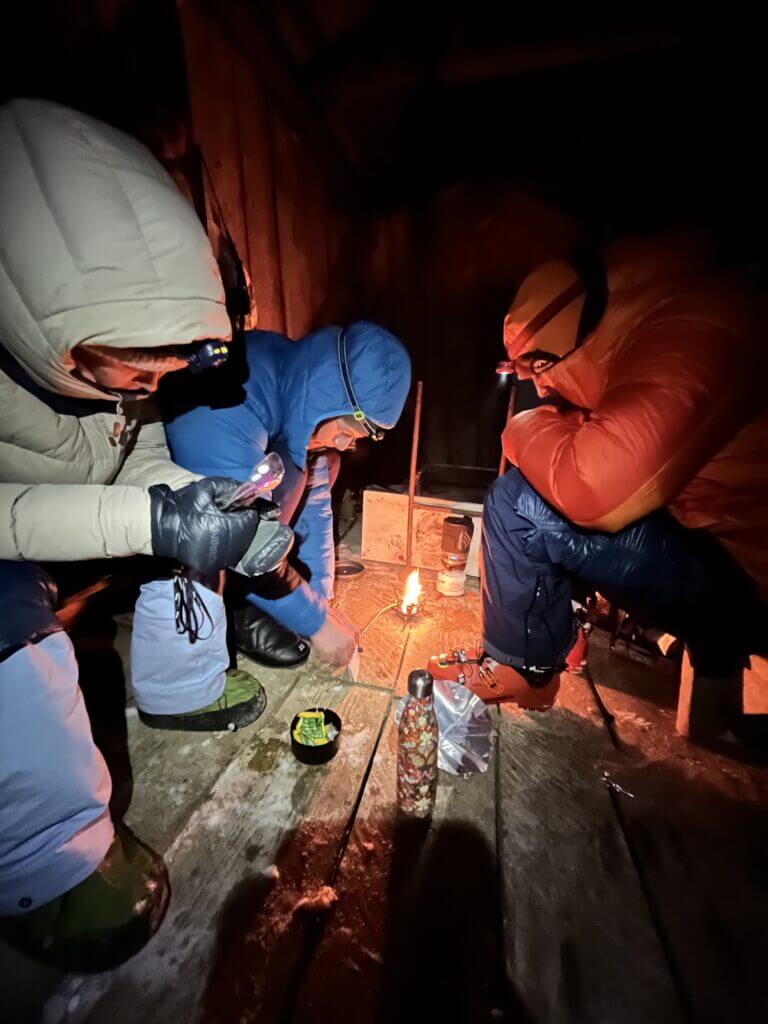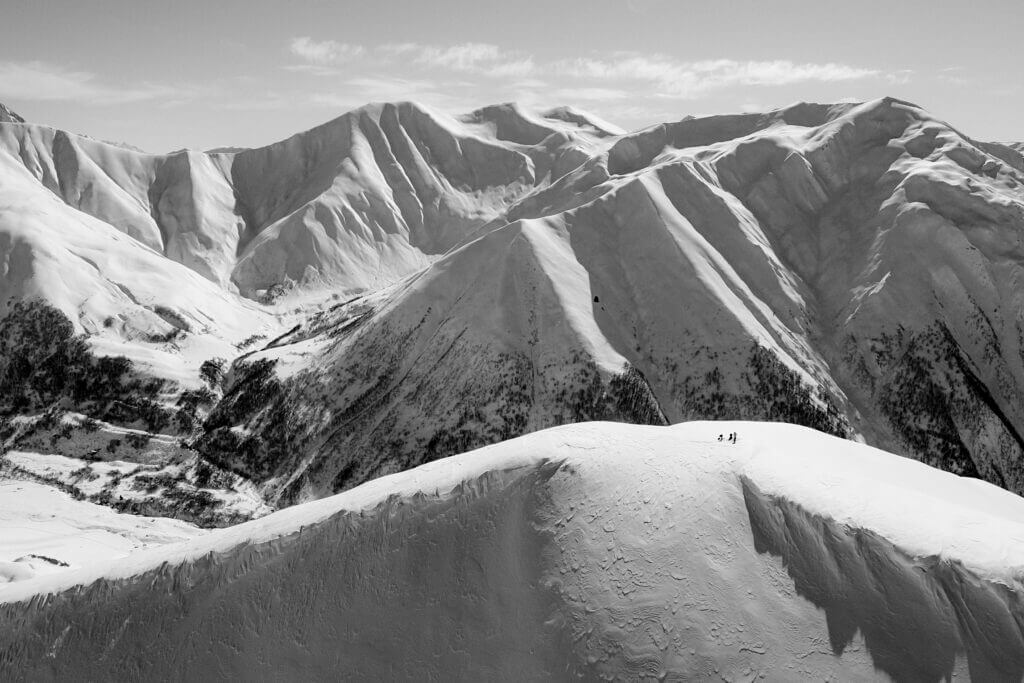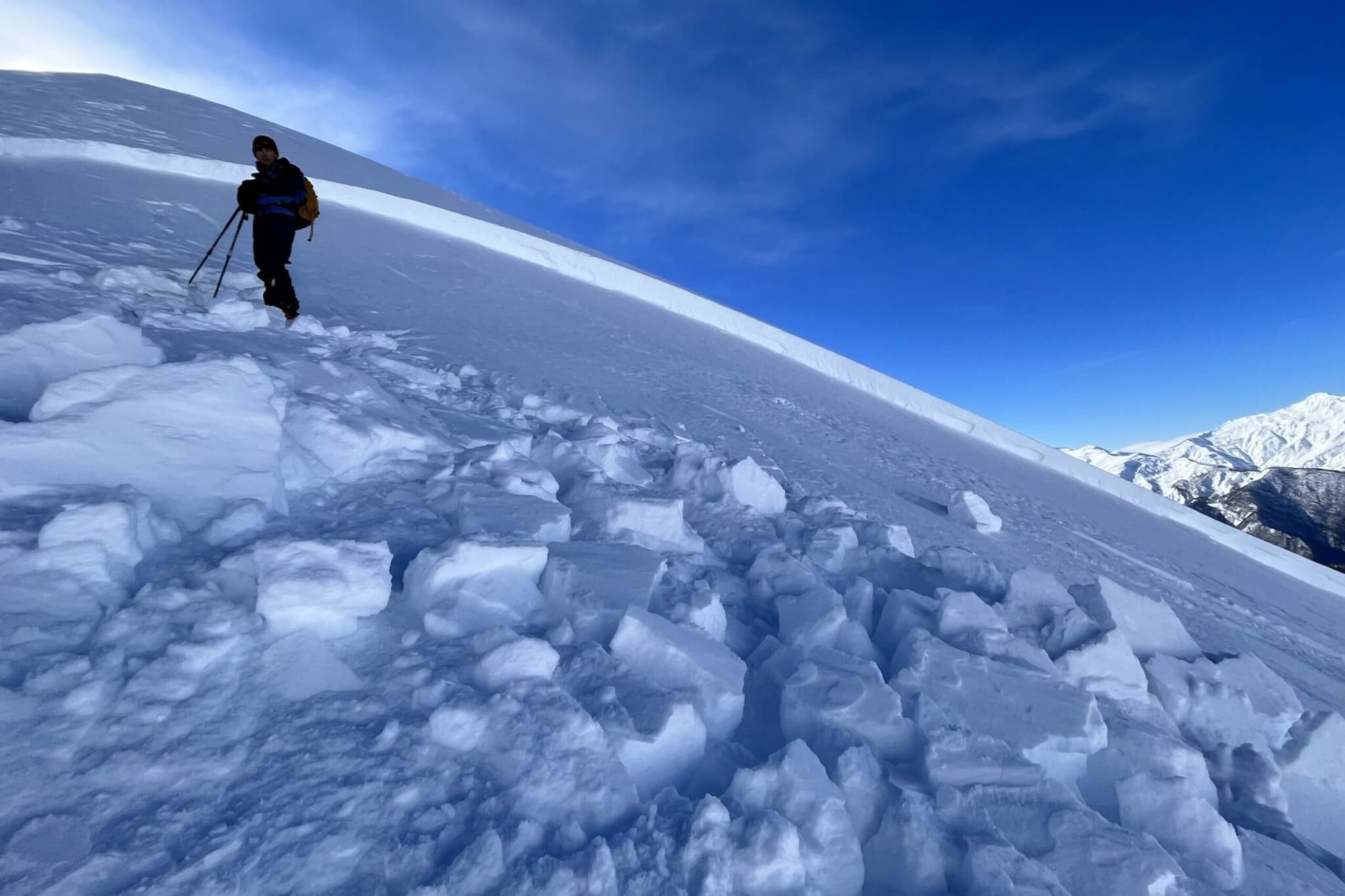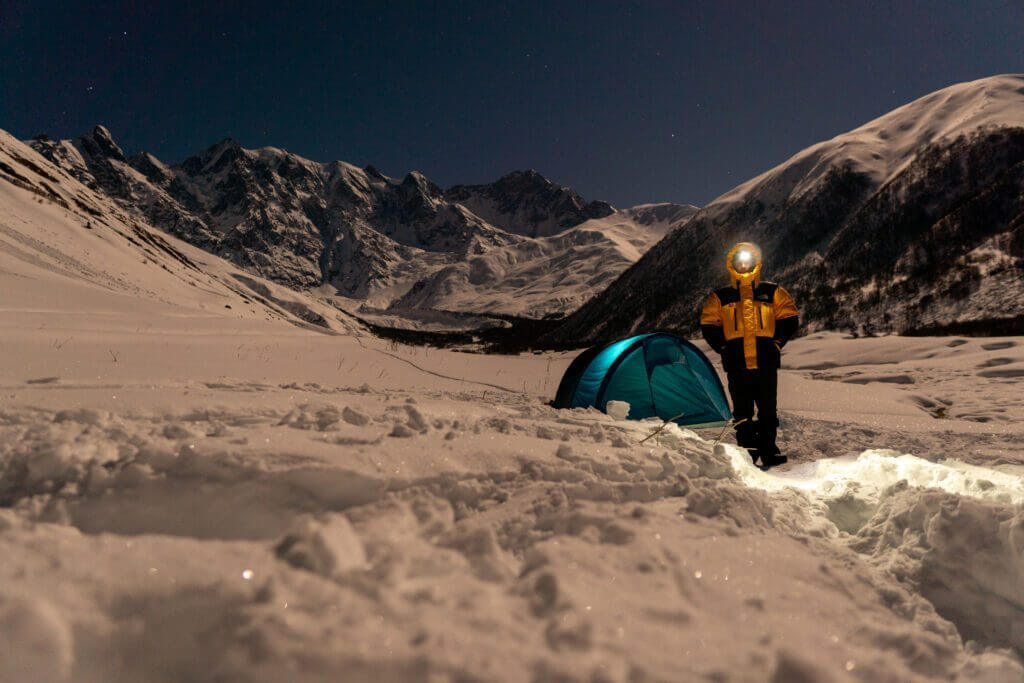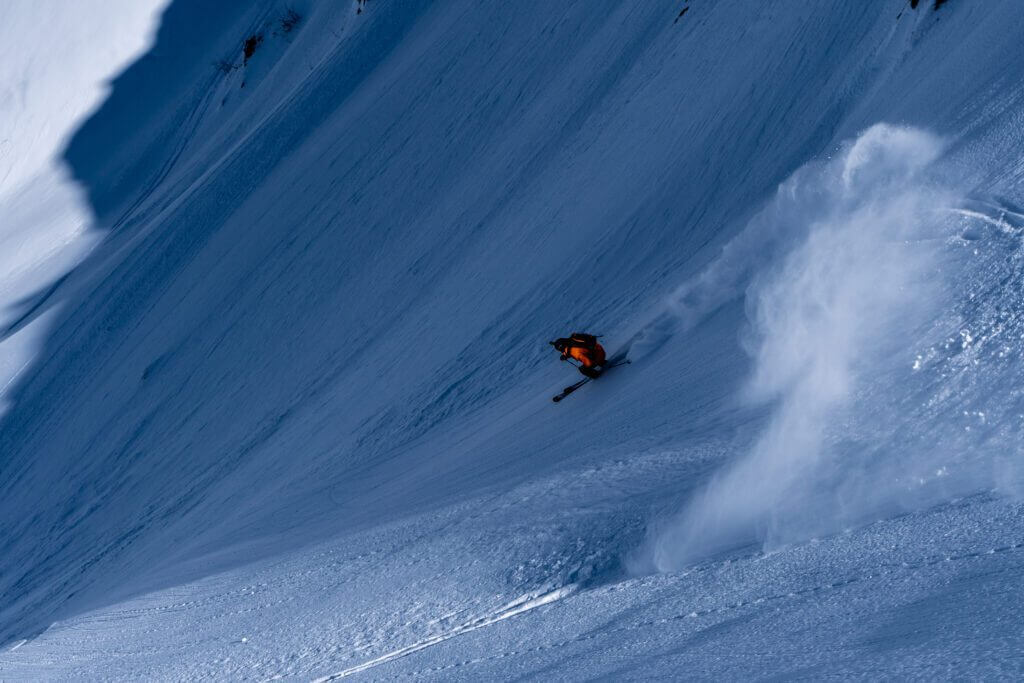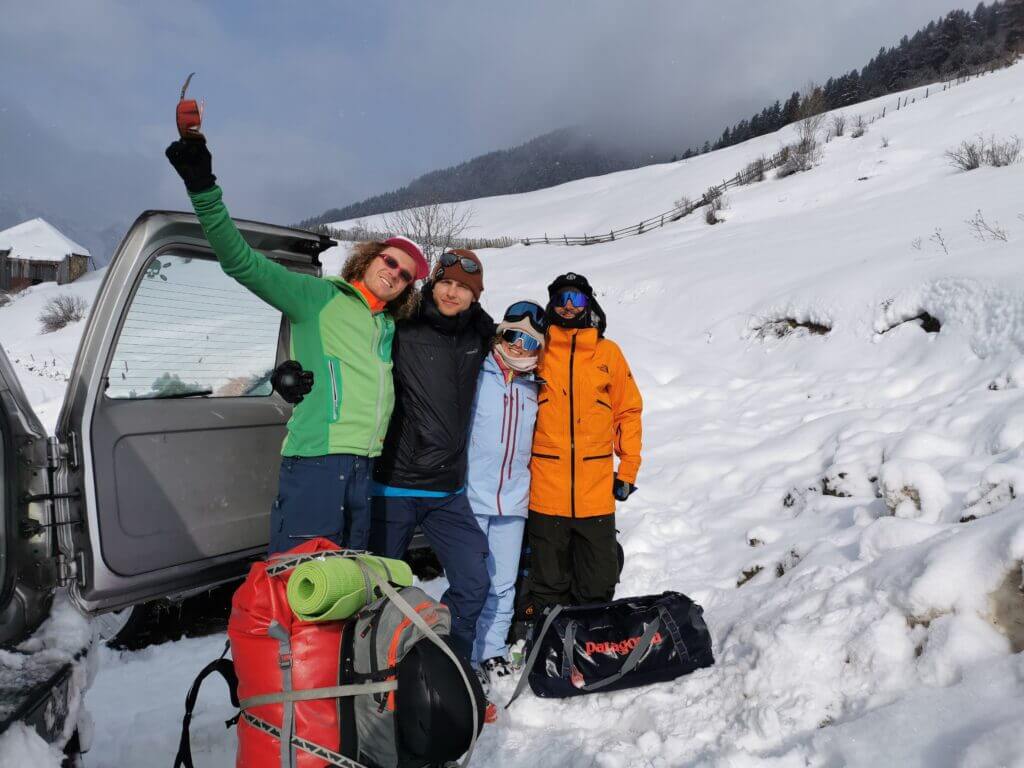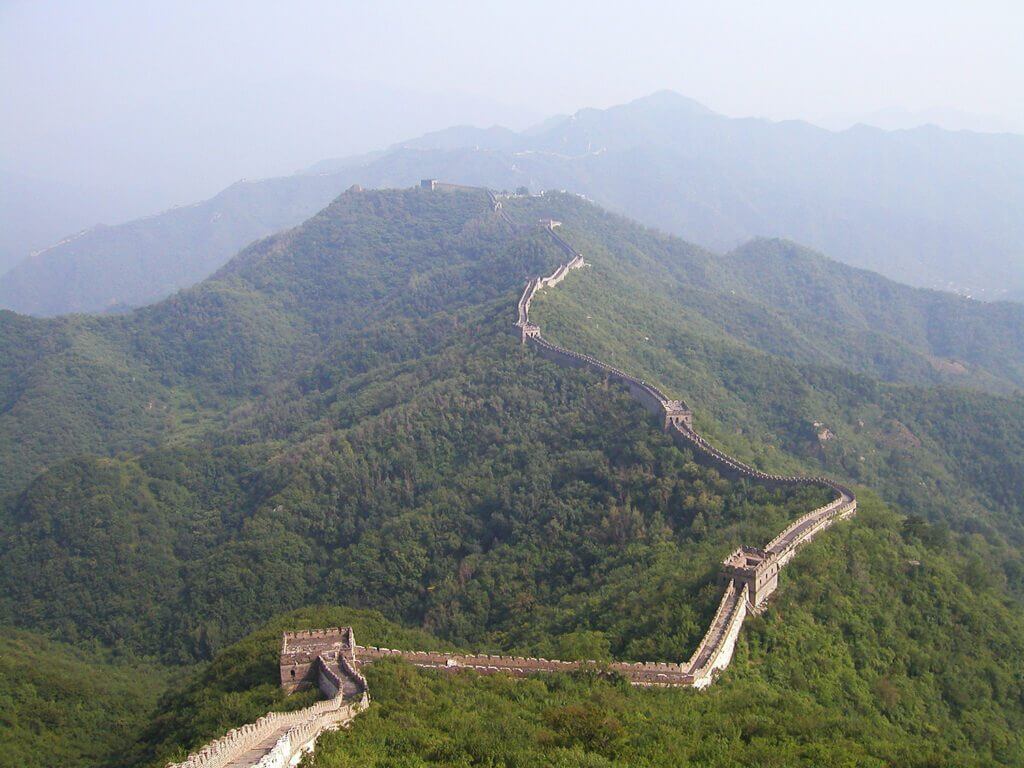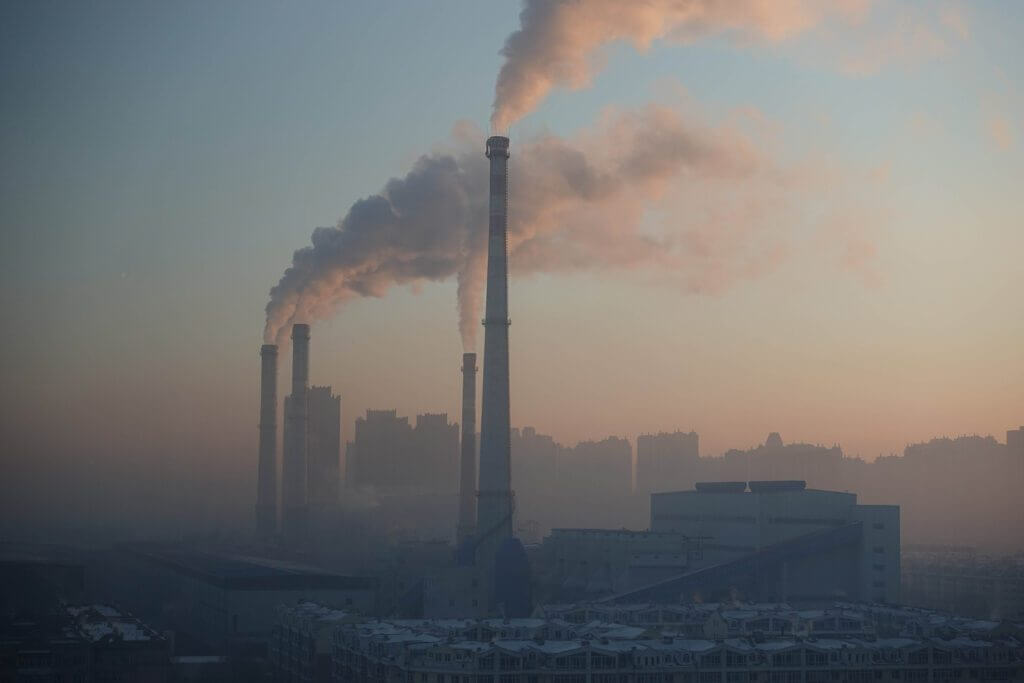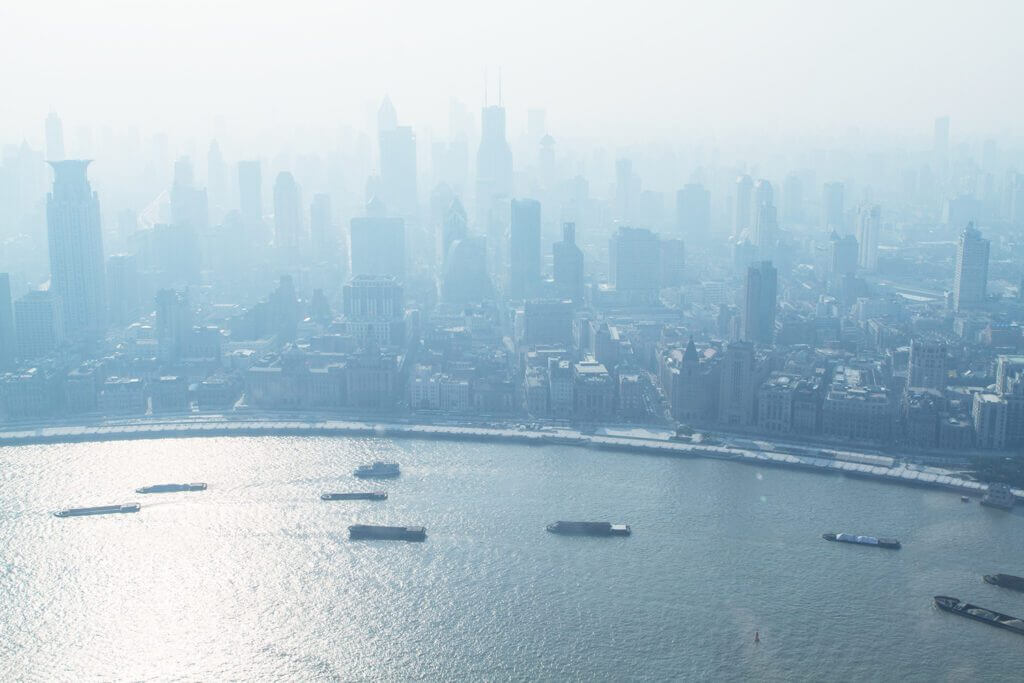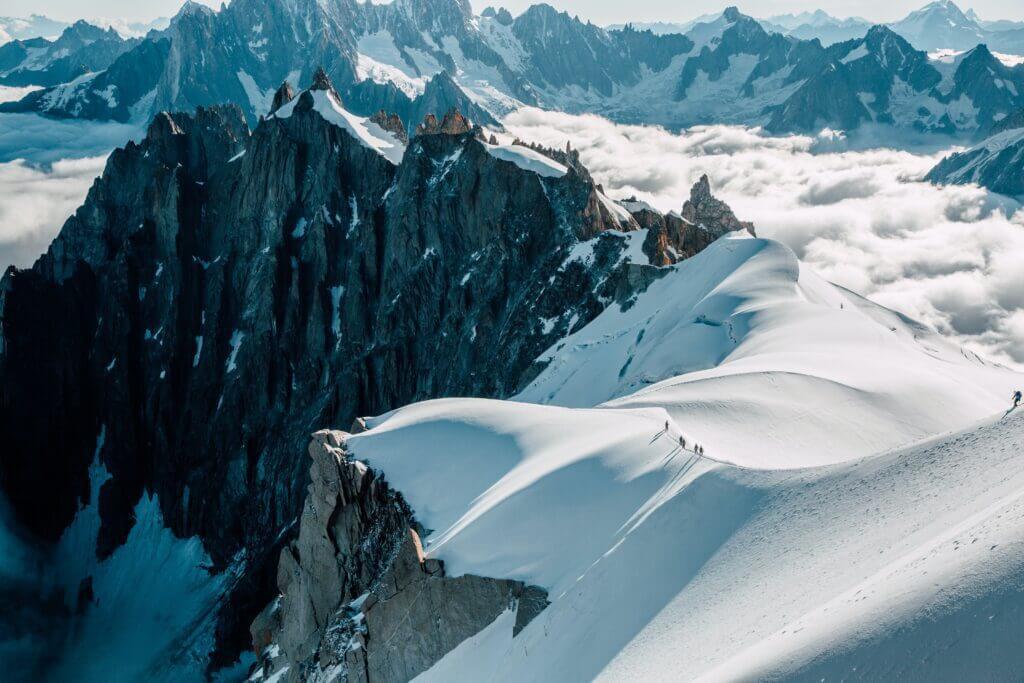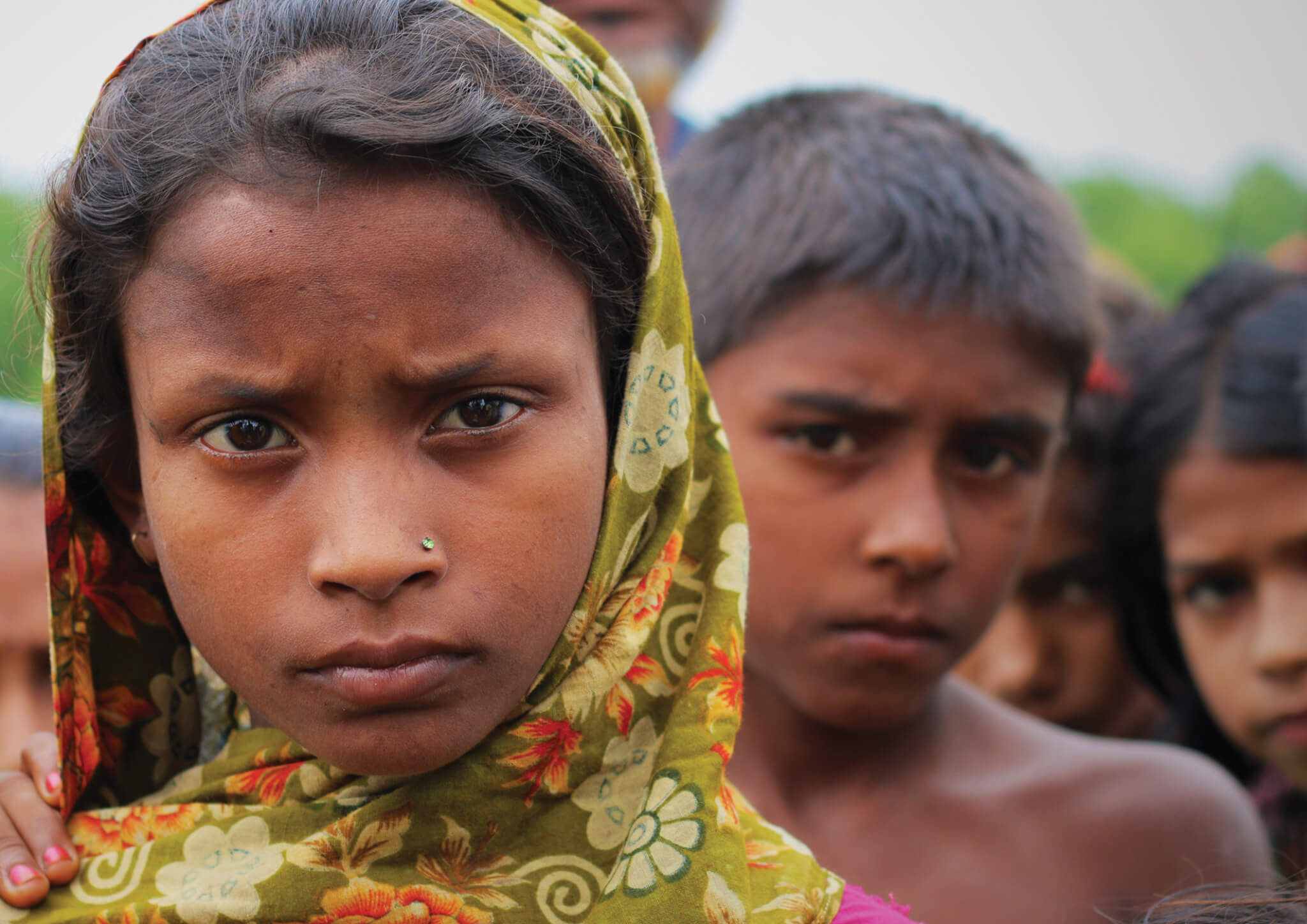Renowned for transforming the face of outdoor apparel, Gore-Tex is a high-performance fabric that combines the finest aspects of durability, breathability, and waterproofing. Established in 1969, this cutting-edge material—born of a unique blend of science and innovation—has become a staple in the world of all-weather gear, allowing adventurers to explore the wilderness while staying dry and comfortable. The cornerstone of the W. L. Gore & Associates product range, Gore-Tex holds the key to unrivalled protection against the elements, engineered with stretched polytetrafluoroethylene (PTFE), a substance more widely recognized by the generic trademark Teflon.
Its formal term, expanded PTFE (ePTFE), attests to its advanced structural properties. As a lightweight fabric membrane, Gore-Tex stands out in its unique ability to repel liquid water yet allows water vapour to pass through. Through this balance of protection and breathability, Gore-Tex has affirmed its position as the gold standard in weather protection apparel, ensuring explorers can embrace the great outdoors, come rain or shine.
Birth and Evolution of Gore-Tex
The genesis of Gore-Tex dates back to 1969, with the pivotal role played by co-inventors Wilbert L. Gore and his son, Robert W. Gore. An unexpected discovery paved the way for the creation of this revolutionary material. Amid growing frustration, Bob Gore yanked a heated rod of polytetrafluoroethylene (PTFE), causing it to stretch around 800%, creating a microporous structure that was roughly 70% air. This accidental but fortuitous event led to the development of expanded polytetrafluoroethylene (ePTFE), which would later be known to the world as Gore-Tex.
Gore was quick to patent his groundbreaking discovery. Among the patents obtained were U.S. Patent 3,953,566, issued in 1976, for a porous form of PTFE; U.S. Patent 4,187,390, issued in 1980; and U.S. Patent 4,194,041, issued the same year for a “waterproof laminate.” These patents were not unchallenged, however.
Interestingly, prior to the invention of Gore-Tex in 1969, John W. Cropper of New Zealand had developed a machine that produced a form of stretched PTFE tape in 1966. Cropper, however, chose to keep his creation as a closely guarded trade secret, leaving it unpublished. A bitter legal dispute ensued when Garlock, Inc. purportedly used Cropper’s machine and infringed upon Gore’s patents. The Federal District Court of Ohio initially invalidated Gore’s patents after a gruelling case. However, this decision was overturned in the subsequent appeal in the landmark case of Gore v. Garlock, when it was ruled that Cropper had forfeited his claim by not disclosing his process to the public.
Despite this victory, Gore faced further patent infringement disputes with C. R. Bard and IMPRA, Inc. over ePTFE vascular grafts, leading to an intense decade-long legal battle. After several twists and turns, including the acquisition of IMPRA by Bard and a series of suits and counter-suits, the dust eventually settled, leaving Gore-Tex as an integral component in products manufactured by an array of different companies. Following the expiry of the main Gore-Tex patent, the market saw an influx of products exploiting similar technologies.
Throughout these trials and tribulations, the impact of Robert W. Gore’s invention never waned. He was inducted into the U.S. National Inventors Hall of Fame in 2006, a testament to the significant influence of his creation. However, the tale was further tinged with controversy in 2015 when the Federal Circuit Court of Appeals ordered Gore to pay Bard $1 billion in damages, a decision that the U.S. Supreme Court chose not to review. Despite these challenges, the legacy of Gore-Tex as a groundbreaking product in the outdoor apparel industry remains unassailable.
What is Gore Tex?
Unravelling the Science Behind Gore-Tex
A marvel of material engineering, Gore-Tex is a distinct fabric membrane recognized for its exceptional capability to provide complete waterproofing while allowing water vapour to pass through. This duality of function ensures that not only does it protect against the onslaught of external wet weather, but it also allows the moisture produced by the body’s natural perspiration process to escape. As such, it deftly manages to keep you dry both from the outside elements and your own exertion.
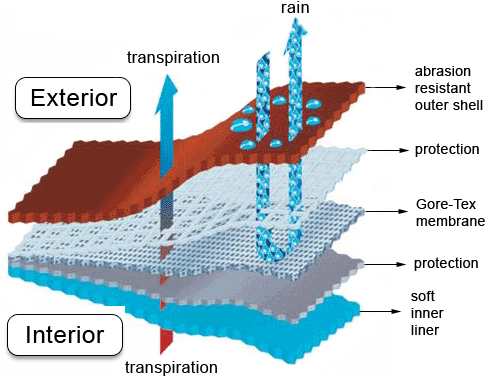
At the heart of Gore-Tex is a substance called expanded polytetrafluoroethylene, more commonly referred to as Teflon. The fibre undergoes a stretching process to create a microporous structure, resulting in a material packed with an impressive density of over 9 million pores per square inch. This intricate web of micro-openings forms a formidable barrier against liquid water and wind yet remains permeable to water vapour.
The power of this membrane does not rest solely in its unique composition. The manner in which it is integrated with other fabrics is a critical part of its success. Manufacturers can engineer garments that offer complete windproof and waterproof protection by expertly bonding this membrane with various textiles. The resulting fusion represents the essence of Gore-Tex, an unparalleled combination of comfort and protection for those who dare to brave the elements.
How Gore-Tex works, unlocking the microscopic magic of Gore-Tex
An exemplar of technological brilliance, the effectiveness of Gore-Tex lies in its unique microstructure. Every square inch of the Gore-Tex membrane is teeming with an incredible 9 billion pores. These minuscule pores, while invisible to the naked eye, are a critical component of Gore-Tex’s performance.
An impressive feat of material engineering allows these pores to be precisely 20,000 times smaller than a water droplet, making them impenetrable to rain or snow. Simultaneously, the pores are also 700 times larger than a water vapour molecule. This disparity in scale creates a clever dichotomy: while the membrane prevents external water from entering, it allows the vapour generated from sweat to escape.
When this exceptional membrane is used in conjunction with wicking layers and insulation, it forms the foundation of a comprehensive moisture and warmth management system. The synergy of these elements means that Gore-Tex garments not only keep the elements out but also effectively handle internal moisture. The result? A wearer that remains dry and comfortable, regardless of the weather conditions.
“Guaranteed to keep you dry”
The moniker “Guaranteed to Keep You Dry” isn’t merely a marketing gimmick; it’s a promise woven into the very fabric of every Gore-Tex product. The Gore-Tex membrane, with its 20,000-times-smaller-than-a-water-droplet pores, ensures complete water resistance, offering users unparalleled protection from wind and rain. Yet, the material’s innovative design allows for breathability as the pores are 700 times larger than a moisture vapour molecule, enabling perspiration to pass through.
Remarkably, this complex molecular structure of the membrane even scrambles air molecules, preventing them from penetrating the material, further bolstering its weather-resistant properties. This intricate membrane forms the basis for a range of Gore-Tex products, crafted through a lamination process wherein the membrane is sandwiched between an outer textile and a lining.
The process of lamination is versatile and can be tailored to meet diverse performance specifications, resulting in three primary construction types:
- 2-Layer Construction: Here, the Gore-Tex membrane is bonded only to the outer textile, leaving the lining separate. This design facilitates the inclusion of additional insulation like a down fill, enhancing the garment’s heat retention capabilities.
- 3-Layer Construction: This approach bonds the Gore-Tex membrane to both the outer textile and the lining, creating a more robust fabric. Best suited for lightweight shell jackets, this construction ensures durability without adding unnecessary weight.
- Z-Liner: A variant of the 3-layer design, the Z-Liner construction features a Gore-Tex membrane bonded to an extremely lightweight fabric that floats freely between the outer textile and the lining. Ideal for complex winter outerwear, this method accommodates multiple fabric and insulation layers.
For Gore-Tex jackets, the outer layer typically receives a treatment of Durable Water Repellent (DWR) polymer. This ultra-thin coating causes water droplets to bead up and roll off the fabric’s surface, providing an added layer of moisture protection. Over time, this coating can wear off, but fear not – reapplication is straightforward, requiring only a simple at-home treatment with a water-repellent spray.
Microstructure, Properties, and Production
Unveiling the Microstructural Marvel of Gore-Tex
The magic of Gore-Tex lies in the intricate structure of its core component, expanded polytetrafluoroethylene (ePTFE). This material boasts a unique porous microstructure that comprises long, slender fibrils intersecting at nodes. The nature of these intersections, the size and shape of the pores, and the overall homogeneity of the material are all influenced by factors such as processing temperature and strain rate.
Processing under higher temperatures or greater strain rates results in more uniformly expanded material with spherical pores and increased fibril intersections. This homogenous expansion stems from the unwinding of PTFE molecules, creating expansive pores within the material’s structure. This process is best facilitated by highly ordered, crystalline PTFE, whose molecules can disentangle uniformly and easily when stretched.
The porosity of ePTFE, a key factor in the material’s breathable yet waterproof nature, is largely dictated by the stretching temperature and rate. For instance, an increase in the stretching rate from 4.8 m/min to 8 m/min can raise the porosity from 60.4% to 70.8%. This intricate structure and the capability to manipulate its characteristics are key to Gore-Tex’s success in providing high-performance weather protection.
Exploring the Unique Properties of ePTFE in Gore-Tex
Expanded Polytetrafluoroethylene (ePTFE), the heart of Gore-Tex, possesses a remarkable set of properties that make it a valuable asset in the world of outdoor gear. ePTFE’s strength significantly surpasses that of unstretched PTFE due to the high work-hardening rate of the material. At a microscopic level, this increased strength corresponds to a rise in PTFE’s crystallinity as the fibrils untangle and align in response to applied stress. ePTFE exhibits an extraordinarily high ultimate tensile strength of 50-800 MPa, dwarfing the 20-30 MPa found in full-density PTFE, a testament to its enhanced crystallinity.

Interestingly, ePTFE expands in all directions under stress, a phenomenon resulting in a negative Poisson’s ratio. This behaviour deviates from conventional materials, which generally contract in the directions perpendicular to the applied stress.
The porosity of ePTFE is tunable based on processing conditions, creating a membrane that can be permeable to certain vapours and gases while remaining impermeable to most liquids, including water. This attribute, vital to its utility in weather-resistant garments like raincoats, is complemented by the inherent characteristics of PTFE-based materials, such as chemical inertness and thermal stability. The combination of these properties makes ePTFE an extraordinarily versatile material suited to a wide range of applications.
Manufacturing ePTFE: The Key Process Behind Gore-Tex
The creation of the Gore-Tex’s key component, ePTFE, relies on a tape stretching process designed to produce substantial sheets of the material with consistent properties.
The process begins with the addition of a lubricating agent, often oil, to fine ePTFE powder, resulting in a malleable paste. This paste is then extruded into a sheet and subsequently calendered to achieve a uniform thickness.
In the next step, the PTFE sheet is heated in an oven set to an elevated temperature, typically around 300C. Concurrently, stress is applied, causing the material to stretch dramatically. Although this heat isn’t required for expansion, it significantly improves the uniformity of the stretching process.
Following this, the ePTFE sheet undergoes a sintering phase to bolster its strength. The material is heated to a temperature slightly above the melting point of unexpanded PTFE, around 340C, enabling molecules to diffuse across grain boundaries within the material. This diffusion process minimises any gaps that have formed during the stretching stage.
The properties of the resulting ePTFE sheet are influenced by various factors such as the strain rate, oven temperature, and the sintering time and duration. By adjusting these factors, the properties of the ePTFE can be fine-tuned to cater to the needs of specific applications.
The pros/ cons of Gore-Tex
The pros
Gore-Tex is really waterproof
The membrane is bonded between layers of fabric. No water gets in because its microscopic pores are far too small to do so, and this ensures that the body and feet remain dry- even in snowy conditions or when it is pouring rain.
Your clothing has optimum breathability
Wearing a garment made with a special membrane can be really comfortable as the membrane allows vapours of sweat from the body to escape out into the atmosphere. For this to work perfectly, it is important to wear the correct clothes underneath. It is essential to wear natural fibres. In the summer, a sleeveless or short-sleeved cotton vest is good; during the winter, a light wool layer such as Merino wool will keep you comfortably warm.
Your clothing is windproof
Having windproof clothing is essential as the chill factor of the wind if you don’t have a windproof jacket, will make you feel cold very quickly as it chills your body inside the jacket. A jacket with Gore-Tex will maintain your body at a comfortable temperature.
Gore-Tex is lightweight and durable
Bonding the membrane to other materials makes great durable clothing. The chosen materials are lightweight and flexible too. These materials are ideal for many sports. Clothes with the membrane are compact and quickly rolled up to fit in a rucksack! A well-maintained Gore-Tex item will last for many years. Clothing performs well in the harshest conditions. Saltwater does not affect the membrane.
Damaged garments can be repaired by an approved repair centre, but act promptly though, to avoid further damage.
The Cons
Gore-tex can be expensive
High-performance clothing made with the special membrane is amongst the most expensive waterproof clothing on the market. The reason for this is that Gore-Tex is high performance and durability as well as being desirable. The price tag reflects these points!
Gore-Tex clothing/ footwear can degrade in time
Gore-Tex clothing and footwear are renowned for their exceptional durability and waterproof properties. However, it’s important to be aware that over time, their effectiveness can diminish if not properly maintained.
The fabric of Gore-Tex items is frequently treated with durable water repellents (DWR), which can lose their effectiveness over time. As this DWR treatment wears off, water can infiltrate the outer layer of the garment, while the buildup of sweat and grime from the inside can clog the pores of the membrane.
Although these issues don’t directly compromise the waterproof nature of Gore-Tex, they do obstruct the garment’s breathability. Consequently, moisture from sweat may accumulate on the inside of the garment, potentially resulting in an uncomfortable level of dampness comparable to what might be experienced without a jacket.
Regular maintenance of your Gore-Tex items is therefore crucial, not only to preserve their waterproof features but also to maintain the breathability that makes them so comfortable and practical for outdoor adventures.
Gore-Tex can stop being breathable
This problem usually occurs when the pores of the membrane have become clogged with dirt and sweat because sweat cannot escape through the membrane allowing you to stay dry. Careful cleaning can put this problem right.
Gore-Tex can have leaky seams
Gore-Tex garments are revered for their water-resistant and windproof properties. However, a less recognized yet essential feature of these products is their taped seams. These serve as crucial reinforcements where the material has been pierced by needles during the manufacturing process, thereby ensuring the overall integrity of the garment.
Over time, however, these taped seams can wear off due to constant rubbing against internal clothing, potentially loosening and thereby jeopardizing the garment’s waterproof nature. Once these seams start to deteriorate, immediate replacement is necessary to prevent water from seeping through these vulnerable points.
It’s worth noting that this issue is not exclusive to Gore-Tex products. Seam deterioration is a common problem in many outdoor garments, so much so that the replacement of seams has become a significant aspect of the maintenance industry for such clothing. Therefore, while Gore-Tex is praised for its superior protection against the elements, it’s important for users to be mindful of the potential issue of leaky seams and to address such problems promptly to ensure their outdoor adventures remain dry and comfortable.
Difficult to care for
The durability and functionality of Gore-Tex products often come with the trade-off of requiring a certain degree of maintenance. Unlike other materials, Gore-Tex poses a unique challenge when it comes to cleaning due to its distinct construction. The membrane, which is integral to its waterproof and windproof characteristics, is sandwiched between layers of fabric, making it difficult to remove and clean directly.
Gore-Tex garments necessitate the use of specially-formulated cleaning products for proper maintenance. These products are designed to clean the membrane effectively without damaging the material or obstructing its microscopic pores. On a positive note, many of these cleaners contain re-waterproofing agents, providing a double benefit of not only cleaning the Gore-Tex material but also restoring its Durable Water Repellent (DWR) coating. Thus, while the maintenance of Gore-Tex products may require a bit more effort compared to other outdoor gear, these specific cleaning procedures are essential to prolonging the performance and lifespan of these high-quality products.
Made from chemicals
While Gore-Tex is celebrated for its exceptional waterproofing abilities, it’s crucial to consider the environmental impact of its manufacturing process. Gore-Tex relies on specific chemicals for its unique functionality, including per and poly-fluorinated chemicals (PFCs). These chemicals, recognized for their environmental ramifications, can be of concern for outdoor enthusiasts who prioritize environmental responsibility.
Gore, the manufacturer behind Gore-Tex, maintains that the principal material in its membrane, PTFE, does not incorporate any environmentally worrisome PFCs. Additionally, the company has made a commitment to discontinue the use of any Durable Water Repellent (DWR) treatments that contain PFCs with potential environmental risks.
However, Gore cannot extend this pledge to third-party companies that employ Gore-Tex membranes while producing their own DWR coatings. Consequently, the presence of potentially bioavailable chemicals in a Gore-Tex item can be dependent on the manufacturer’s practices. As a consumer, it’s crucial to conduct due diligence to ascertain whether your new Gore-Tex garment adheres to your personal environmental standards.
The Environmental Footprint of Gore-Tex Production
The production of polytetrafluoroethylene (PTFE), a fluoropolymer extensively used in Gore-Tex materials, involves an emulsion polymerization process that has historically depended on the fluorosurfactant PFOA, a persistent and concerning environmental contaminant. Recognizing this issue, Gore moved to eliminate the use of PFOAs in the manufacture of its weatherproof functional fabrics in 2013.
Furthermore, the company has put forth a plan to phase out the most harmful perfluorinated compounds (PFCs) by 2025. While Gore defends the use of PTFE, studies in 2020 revealed that it is premature to conclusively deem the impact of PTFE and other fluoropolymers on environmental and human health as low risk. This section of the article will delve into the environmental implications related to the use of these substances in the production of Gore-Tex materials.
Evaluating the Environmental Impact of Gore-Tex
Gore-Tex, the renowned waterproof fabric membrane, has been serving as a faithful ally against the elements for outdoor enthusiasts for decades. Renowned for its capability to repel water while maintaining breathability and lightweight characteristics, Gore-Tex’s applications range from everyday raincoats to highly technical spacesuits. The core of its functionality lies in its constituent material: polytetrafluoroethylene (PTFE).
However, this technological marvel casts a shadow of environmental concern. Gore, the manufacturer, has long emphasized the durability of their product as a symbol of environmental soundness, suggesting less waste over time. Recently, though, the company has acknowledged that simply being durable does not absolve a product of its environmental impact. Committing to an ‘environmentally responsible’ path, Gore has pledged to address its actions and contributions to environmental issues. Yet, a question remains: Is this pledge sufficient to mitigate the environmental footprint of Gore-Tex?
The crux of the issue lies in the nature of PTFE, a synthetic polymer composed of carbon and fluorine. Fluorine, a key component also found in chlorofluorocarbons (CFCs), can pose significant environmental and health risks. Deemed ‘highly toxic’ to living organisms, akin to chlorine in toxicity levels, fluorine is notorious for its irritating vapours and categorization as ‘acute hazardous waste.’
Furthermore, fluorine’s environmental impact does not end with its hazardous properties. The gas is also a byproduct of emissions from coal power plants and volcanoes. Once fluorine decomposes in water, it produces substances like hydrofluoric acid, hydrogen peroxide, and oxygen fluoride. Major contributors to fluorine pollution include industries like nuclear power generation, superphosphate fertilizer production, glass, aluminium, ceramics, bricks, and more.
Given this context, Gore-Tex’s environmental toll stems mainly from the chemicals involved in its production and the non-biodegradable nature of its fabrics. Hence, while Gore’s commitment to environmental responsibility is laudable, the broader concerns surrounding Gore-Tex and the environment cannot be ignored.
Assessing the Sustainability of Gore-Tex
The material owes its superior performance to polytetrafluoroethylene (PTFE), which is derived from plastics. The ancillary components of waterproof products that feature Gore-Tex, including nylon and polyester, also rely on synthetic, non-renewable resources.
The waterproofing process introduces additional environmental concerns. Waterproof products like Gore-Tex are treated with perfluorinated compounds (PFCs) to enhance their water-repellency. PFCs present a dual challenge to sustainability. First, they are non-biodegradable, implying that once they enter the environment, they persist indefinitely. This raises questions about their long-term ecological impact.
Secondly, PFCs can bioaccumulate or gradually increase in concentration within living organisms. This includes not only wildlife but also humans. A 2014 study highlighted the potential health risks associated with PFCs, linking their accumulation to serious conditions such as certain cancers and birth defects. However, these risks are associated with direct ingestion or inhalation of PFCs.
As such, while Gore-Tex’s performance characteristics are undeniably beneficial for outdoor gear, assessing its sustainability involves a more intricate evaluation. Balancing the material’s high-performance attributes against its environmental and potential health implications presents a nuanced and ongoing challenge.
Understanding the Recyclability Challenges of Gore-Tex
Gore-Tex’s approach to recycling has evolved over the years. In the 1990s, the company launched a recycling program for its products, but it was discontinued due to a lack of participation from consumers, who were hesitant to return their used garments for recycling.
The complexity of recycling Gore-Tex stems from its multi-layered composition. A typical Gore-Tex product features an outer layer usually made of nylon or polyester, a PTFE-based inner layer, and a durable water-repellent coating derived from PFCs. While both nylon and polyester can be recycled, the inner PTFE layer proves to be challenging for recycling processes. Additionally, the PFC-based coating on the outer layer can interfere with the recyclability of nylon or polyester.
In the absence of dedicated recycling options, alternatives such as donation or repurposing can extend the life of Gore-Tex products and reduce their environmental impact. However, one critical point is to avoid discarding these items irresponsibly in the environment. Despite the challenges, the quest for a sustainable lifecycle for Gore-Tex products continues, balancing the need for performance gear with the pursuit of environmental stewardship.
Gore-Tex’s Initiatives for Environmental Sustainability
One of the environmental concerns surrounding Gore-Tex revolves around the use of synthetic materials in its products. Like other synthetic fabrics, Gore-Tex clothing has the potential to release microplastics during washing. These microscopic particles can end up in oceans, posing a threat to marine life and ecosystems.
Despite this challenge, the brand is aware of the issues at hand and is actively engaged in efforts to mitigate its environmental impact. Gore-Tex continuously evaluates and modifies its production processes to reduce the potential release of microplastics.
At the core of its strategy is the idea of innovation for sustainability. The company is committed to exploring new technologies and materials that can deliver the performance that outdoor enthusiasts expect from Gore-Tex without compromising the well-being of the planet’s ecosystems. While the journey is ongoing, the dedication to sustainable practices remains a priority for Gore-Tex.
DWR Coatings and Environmental Concerns in Gore-Tex Products
Gore-Tex, recognized for its robust waterproofing abilities, utilizes polytetrafluoroethylene (PTFE) in the creation of its signature membranes. PTFE, an inert fluoropolymer that doesn’t biodegrade, ensures the durability and extended lifespan of Gore-Tex products. Gore emphasizes that their PTFE membrane does not contain nor act as a source of per or poly-fluorinated chemicals (PFCs) considered to be environmentally concerning.
The challenge, however, arises when considering the Durable Water Repellent (DWR) coating applied to the outer layer of a Gore-Tex jacket. This coating is pivotal in maintaining the PTFE membrane’s breathability by preventing water absorption that could clog the breathable pores. Historically, these DWR coatings contained PFCs of environmental concern.
These PFCs are highly fluorinated and small enough to be bioavailable, meaning they possess the potential to be hazardous and can be absorbed into the human body. Additionally, once released into the environment, they are likely to spread extensively in water systems and persist for generations, presenting an enduring environmental challenge.
Gore-Tex’s Shift Towards Environmentally Conscious Practices
The outdoor industry giant Gore, the producer of Gore-Tex, has made significant strides towards more environmentally friendly practices. In 2020, the company made a substantial commitment to halt environmentally concerning per or poly-fluorinated chemicals (PCFs) in the durable water repellent (DWR) treatment applied to their garments. This means that Gore-Tex items produced post-2020 should not contain these potentially harmful PCFs.
Gore’s impact is far-reaching due to its vast production of waterproof fabric utilized in garments worldwide. The company set an ambitious target to cut down its global output of fabrics and chemicals containing environmentally concerning PCFs by 85% by the end of 2020. Furthermore, between 2021 and 2023, Gore has planned to phase out the remaining percentage, indicating a shift towards more sustainable practices in producing their famed Gore-Tex products.
The versatility of Gore-Tex: From Outdoor Wear to Medical Applications
Gore-Tex, characterized by its thermo-mechanically expanded PTFE and other fluoropolymer products, finds its use in a diverse range of applications. Its unique properties render it invaluable in areas such as the production of high-performance fabrics, creating medical implants, crafting filter media, insulating wires and cables, and fabricating gaskets and sealants.
Despite this wide array of applications, the acclaim of Gore-Tex is most pronounced in the realm of rainwear, where it offers unrivalled protective qualities without sacrificing breathability. The forthcoming section will explore in greater detail these varied uses of Gore-Tex.
Gore-Tex: Revolutionizing Outdoor Wear with Breathable Waterproof Technology
Gore-Tex revolutionized the rainwear industry with its unique construction and superior performance. Before Gore-Tex’s introduction, traditional rainwear typically comprised a dual-layer system: an outer layer of woven nylon or polyester providing strength and an inner layer of polyurethane (PU), which, while water-resistant, significantly compromised breathability.
However, Gore-Tex fabric modernized this structure by replacing the non-breathable PU inner layer with a thin, porous fluoropolymer (Teflon) membrane that is adhered to a piece of fabric. With approximately 9 billion microscopic pores per square inch (roughly 1.4 billion per square centimetre), the Teflon membrane cleverly rebuffs liquid water due to the tiny pore size, roughly 1/20,000th the size of a water droplet, yet still allows the passage of water vapour molecules, enhancing breathability.
A Durable Water Repellent (DWR) treatment coats the outer layer of Gore-Tex fabric. This layer prevents the outer fabric from becoming saturated, thereby preserving breathability. Although the DWR enhances the waterproof nature of the jacket, true waterproofing resides in the Teflon membrane. A saturated outer layer may mislead one to think the jacket leaks when it is in fact the trapped, unevaporated sweat from the wearer due to lack of breathability. Over time, wear and cleaning can degrade the DWR treatment, although it can be rejuvenated via tumble drying or low-heat ironing.
To guarantee waterproofness, Gore mandates that all garments use their material feature taped seams. Gore also produces Windstopper, a product comparable to Gore-Tex in terms of its breathability and windproof properties, but with the added benefit of stretchability and the sacrifice of waterproofness. It is crucial to note that the Gore naming system represents performance characteristics rather than any specific technology or material.
Diverse Applications: Gore-Tex Beyond Outdoor Wear
The versatility of Gore-Tex, particularly in the form of expanded polytetrafluoroethylene (E-PTFE), extends far beyond its familiar applications in rainwear and outerwear. This breathability and water protection feature of ePTFE, which has made it an industry standard in the outdoor apparel industry, has also seen it used in creating space suits, offering astronauts the same level of protection and comfort as their earth-bound counterparts.
In the medical field, Gore-Tex is employed in numerous applications owing to its near inertness inside the human body. The fabric-like mesh of E-PTFE provides a unique technological material feature that has significant potential within medical practices. The porosity of the Gore-Tex material allows the patient’s tissue to intermingle with the implanted material, seamlessly integrating it into the body’s circulatory system. This has led to its use in the production of sutures, vascular grafts, heart patches, and even synthetic knee ligaments. Furthermore, E-PTFE has demonstrated reliability as a medical material for treating patients with nasal dorsal interruptions and, most recently, as membrane implants in glaucoma surgeries, further underscoring its versatility.
In an entirely different sphere, Gore-Tex has been conserving illuminated manuscripts for many years, providing a unique and effective solution to preserving these precious artefacts. Additionally, the technology has found a place in the security sector, with explosive sensors being printed onto Gore-Tex clothing for the sensitive voltammetric detection of nitroaromatic compounds.
Interestingly, the “Gore-Tex” brand name, widely recognised today for its use in outdoor gear, was initially used for a range of industrial and medical products, a testament to the material’s broad applicability and enduring utility.
Alternative technologies
Semipermeable membranes in textile and garment production have intensified as competitors strive to emulate the “breathability” and water-repelling capabilities of expanded polytetrafluoroethylene (ePTFE). Materials such as Sympatex and Futurelight, marketed by The North Face, can be used similarly to ePTFE in textile laminates. However, these alternatives tend to perform less well in terms of water vapour transport and durability.
Moreover, textile-based electroosmotic pumps, which serve as an active textile pumping technology, are now being commercialized by companies like LunaMicro AB. These solutions can eliminate the use of halogenated polymers like PTFE, thus reducing the associated health and environmental risks.
Despite Gore-Tex being the most recognized brand in the multi-billion dollar outerwear materials industry, it faces competition from brands that use treated polymers to create membranes with similar effects. Some noteworthy contenders include eVent, which employs a stretched Teflon membrane similar to Gore-Tex, and Patagonia’s in-house brand H2No, which uses polyester and polyurethane laminates. Additionally, The North Face has developed HyVent, a fabric utilizing polyurethane. There is also the heritage option of Waxed Cotton, known for its breathability, water resistance, home repairability, and charming patina, albeit it can become waterlogged in serious outdoor activities.
Despite the exceptional durability and waterproof properties of Gore-Tex clothing and footwear, maintaining their effectiveness over time requires adequate upkeep. The durable water repellents (DWR) often used on Gore-Tex fabric can lose their potency over time. This may lead to water seeping into the garment’s outer layer, and grime and sweat buildup could clog the membrane’s pores from within. While these issues do not directly impact Gore-Tex’s waterproofing, they can reduce the garment’s breathability, potentially leading to moisture accumulation inside the garment and causing discomfort. Therefore, the regular maintenance of Gore-Tex items is paramount, not just to preserve their waterproof properties but also to uphold the breathability that makes them ideal for outdoor adventures.

